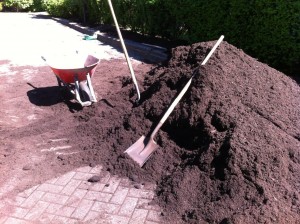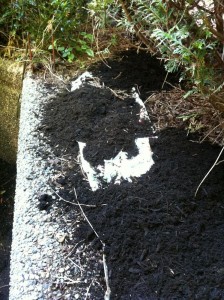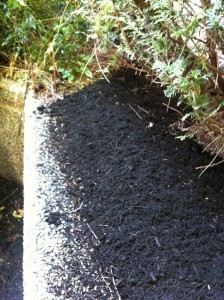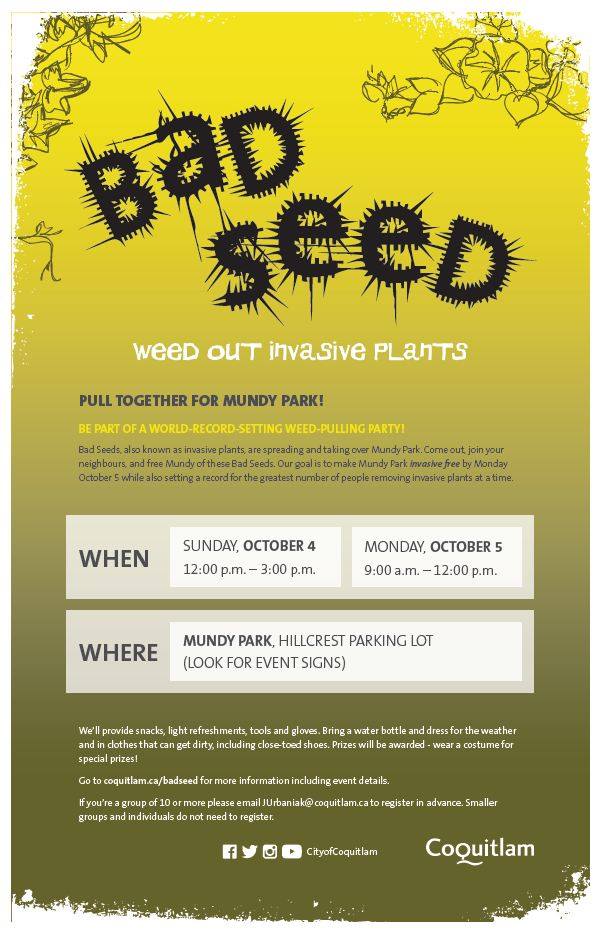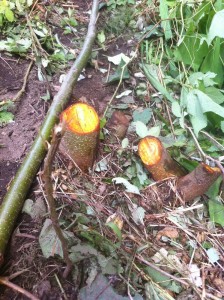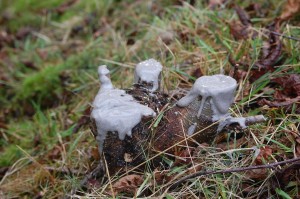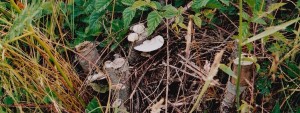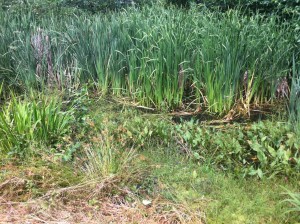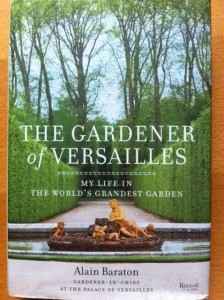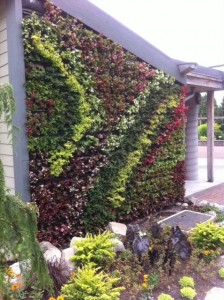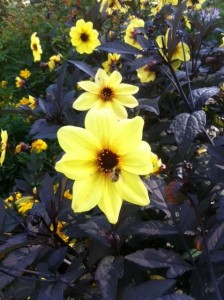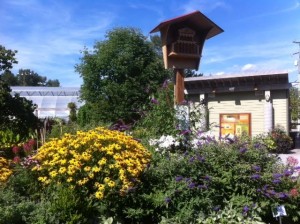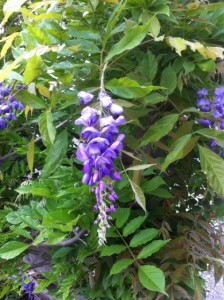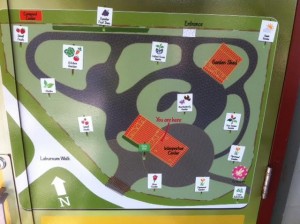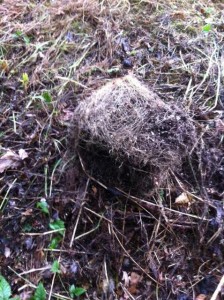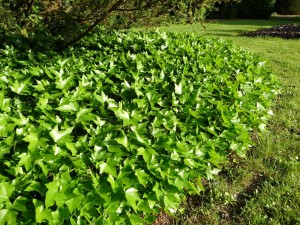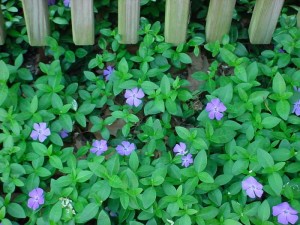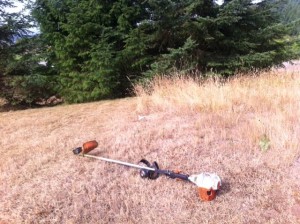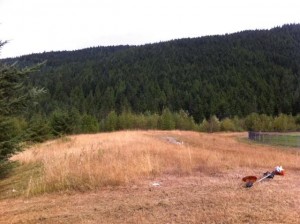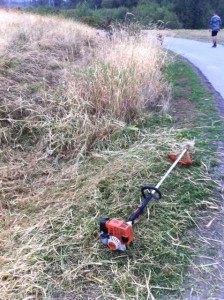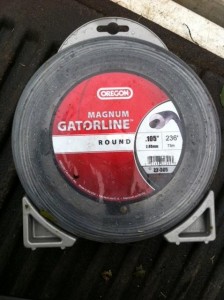 As a fan of Linda’s work my book review is bound to be slightly biased. I had this book in my wish list months ahead of publication. As the back jacket says, if you read and study the book, you will
As a fan of Linda’s work my book review is bound to be slightly biased. I had this book in my wish list months ahead of publication. As the back jacket says, if you read and study the book, you will
understand your garden and landscape better. You will learn how to weed less, how to fertilize and prune more effectively and you will see reviews of products that could potentially save you money.
Linda shows you the inner workings of plants. The magic happens when hard science is written for gardeners and green professionals in easy to understand language.
Now, a warning. I said easy to understand but you will have to make your way through some biochemistry. Just go over the sections twice, like I did. It’s fascinating stuff. The most interesting part of the book is the chapter on how, HOW, plants tell time, how they know it’s time to push out their leaves or pack it in for the winter. It’s all about phytochrome, a pigment for all seasons. If I said any more, I would ruin it for you.
There are many side bars. Some I already knew about, like what a waste of cash installing landscape fabric is; and how we should water even in the fall; and how to bare-root trees and shrubs for planting. Other side bars were new to me, like aeration tubes.
Another warning: you will get inspired by Linda to try new stuff, like bare-root tree planting I did as a helper with a municipal gardener. Not only was it a fun experience, the trees are doing well.
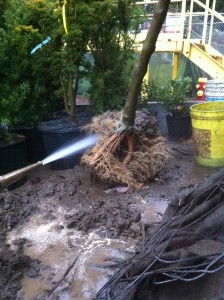
Wash off the root ball and inspect the roots
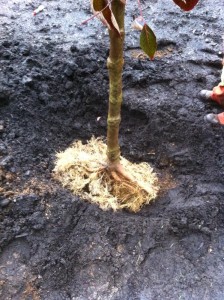
Ensure proper planting depth
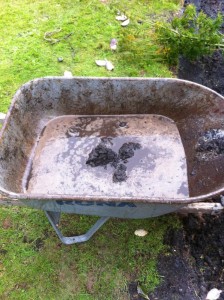
Don’t throw away the soil from your root ball
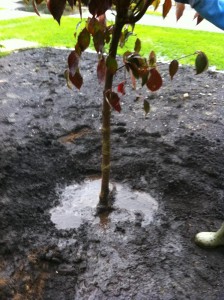
Done, staking may or may not be required. This dogwood (Cornus) required staking.
Don’t forget to check out the suggested reading list on pages 219-220. I want all of those books in my library!
My only complaint would be the length of this book. I wish it was ten times as long, fat enough to press flowers with. Second edition perhaps?
Five stars!
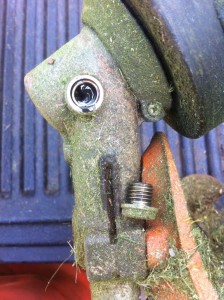


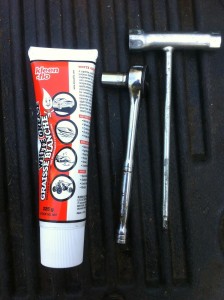
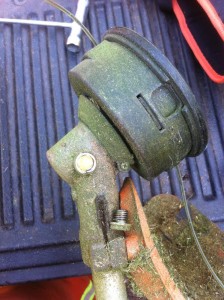
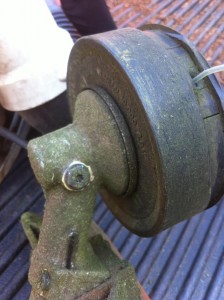
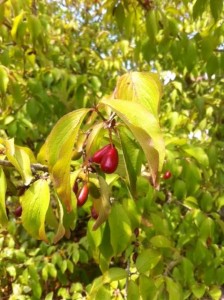
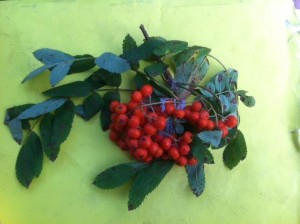
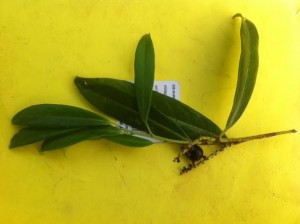
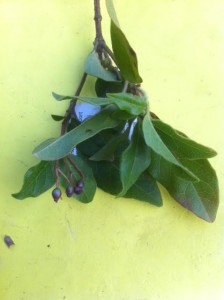
 As a fan of Linda’s work my book review is bound to be slightly biased. I had this book in my wish list months ahead of publication. As the back jacket says, if you read and study the book, you will
As a fan of Linda’s work my book review is bound to be slightly biased. I had this book in my wish list months ahead of publication. As the back jacket says, if you read and study the book, you will



